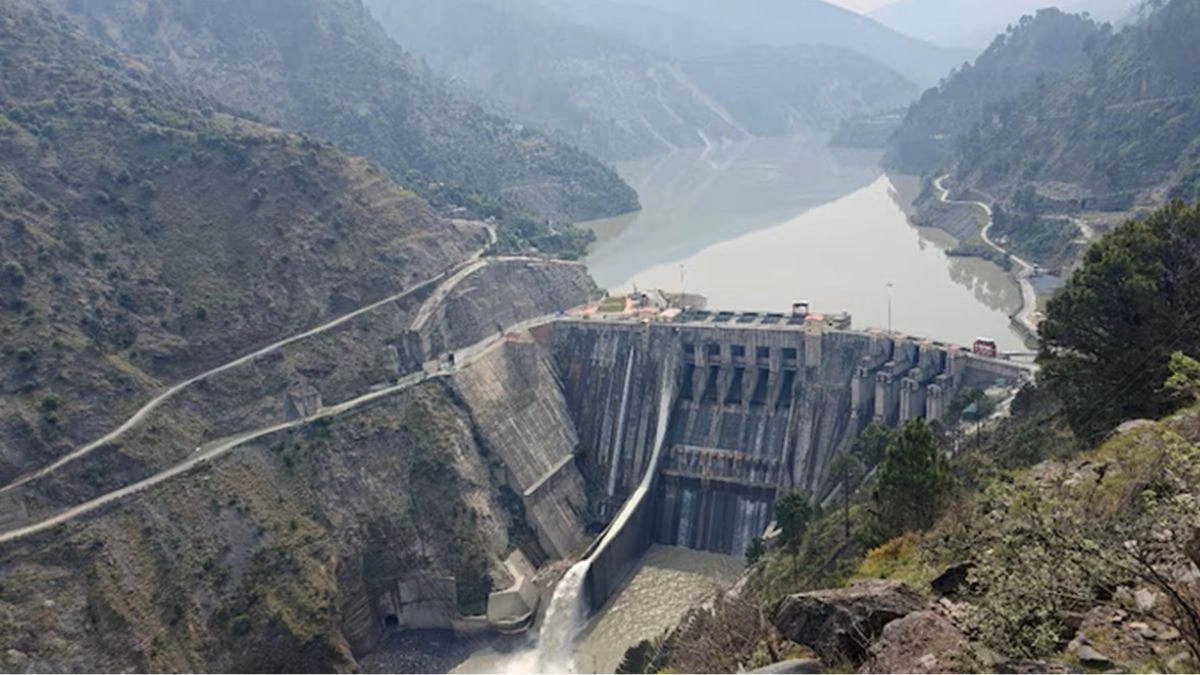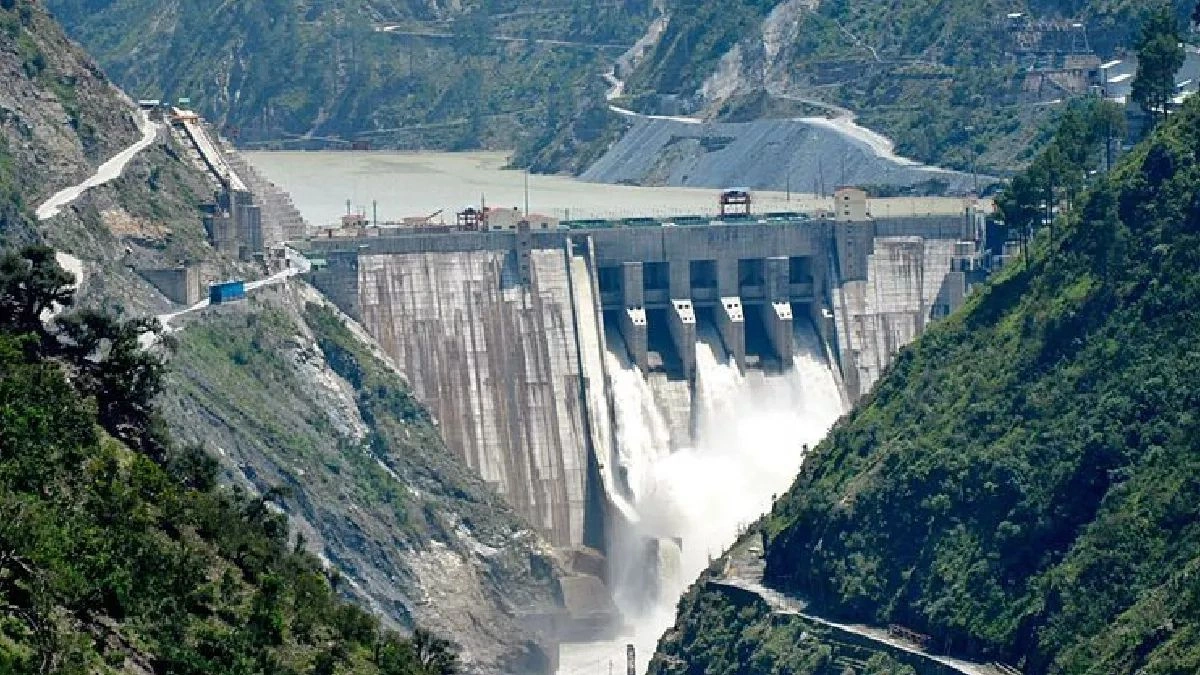Centre Approves Strategic J&K Sawalkot Project After IWT Suspension
Alright, folks, let’s talk about the Sawalkot project in Jammu & Kashmir. This isn’t just another infrastructure announcement; it’s a really big deal, and honestly, it’s been a long time coming. The Centre’s approval after the suspension related to the Indus Waters Treaty (IWT) is loaded with implications that ripple far beyond just providing electricity.
Why Sawalkot Matters | More Than Just Megawatts

So, what’s the big deal? Well, hydroelectric projects in J&K are strategic assets – period. They do more than just light up homes; they fuel economic growth, provide irrigation, and, perhaps most importantly, assert India’s rights over its water resources. And about that Indus Waters Treaty suspension? This move sent ripples, no doubt. It’s a strong signal that India intends to utilize its water resources optimally, especially in light of regional dynamics. What fascinates me is how water becomes this silent player in geopolitics, shaping decisions and strategies.
Think about it this way: for years, projects like Sawalkot have been stuck in bureaucratic limbo, facing environmental concerns and regional disputes. But now, with the Centre’s green light, things are moving. This isn’t just about meeting power demand; it’s about showing intent, reinforcing territorial claims, and giving the local economy a serious boost. A common concern I’ve seen raised about such projects is displacement of communities. Mitigating these effects must be a top priority. Let me rephrase that for clarity: sustainable development can’t come at the cost of human suffering.
The Indus Waters Treaty Angle | Navigating Troubled Waters
Now, let’s get into the weeds of the Indus Waters Treaty (IWT). For those not familiar, this treaty, brokered by the World Bank in 1960, governs the sharing of waters of the Indus River system between India and Pakistan. Sounds simple enough, right? Wrong! It’s been a constant source of tension. According to various reports, India has occasionally paused or adjusted its approach within the treaty’s framework, especially when faced with cross-border terrorism or other provocations. It’s a complex situation, to say the least, and finding common ground is crucial.
What’s particularly interesting is that while the treaty has largely held, its interpretation and implementation have been points of contention. Pakistan has often raised objections to India’s hydroelectric projects, claiming they violate the treaty’s provisions. India, on the other hand, maintains that its projects are fully compliant. The Sawalkot project, with its location on a tributary of the Indus, inevitably falls under this scrutiny. This, in turn, affects water resource management strategies. I initially thought this was straightforward, but then I realized just how politically charged even technical water issues can be.
Boost to J&K’s Economy and Infrastructure
Okay, enough with the geopolitics – let’s talk about the tangible benefits for the people of Jammu & Kashmir. The Sawalkot project isn’t just a dam; it’s an economic engine. It will generate hundreds of jobs during construction and operation, boosting local businesses and providing much-needed income for families. Plus, reliable power generation means better infrastructure, improved healthcare, and enhanced educational opportunities. Infrastructure projectsare crucial for regional development.
And it’s not just about the immediate economic impact. The project will also contribute to the long-term energy security of the region, reducing reliance on fossil fuels and promoting sustainable development. It’s a win-win situation. But here’s the thing – these benefits must be inclusive. Special attention needs to be paid to skill development and employment opportunities for local youth. A common mistake I see people make is assuming that economic growth automatically translates into equitable distribution of wealth. It doesn’t. Proactive measures are needed.
Environmental Considerations and Sustainable Development
Let’s be honest, no major infrastructure project is without its environmental impact. The Sawalkot project is no exception. Concerns about displacement of communities, alteration of river flow, and potential impact on aquatic ecosystems are valid and need to be addressed transparently. India needs to ensure stringent environmental safeguards are in place. Mitigation measures, like fish ladders and compensatory afforestation, are essential.
But what fascinates me is the potential for innovation. Can the Sawalkot project become a model for sustainable development, demonstrating how large-scale infrastructure can coexist with environmental protection? Can we integrate cutting-edge technologies for water conservation and ecosystem monitoring? These are the questions we need to be asking. Sustainable energy projects can make a real difference.
FAQ About the Sawalkot Project
What is the Sawalkot project?
The Sawalkot project is a hydroelectric power project planned on a tributary of the Indus River in Jammu & Kashmir.
Why is the Sawalkot project important?
It’s strategically important for India’s energy security, regional development, and assertion of water rights.
What are the environmental concerns associated with the project?
Concerns include displacement of communities, alteration of river flow, and impact on aquatic ecosystems.
How does the Indus Waters Treaty affect the Sawalkot project?
The IWT governs the sharing of waters between India and Pakistan, and Pakistan has raised objections to similar projects in the past. According to the latest reports, India will ensure that the project stays within the bounds of the IWT.
When is the Sawalkot project expected to be completed?
While sources suggest a specific timeline, the official confirmation is still pending. It’s best to keep checking official announcements from the government.
How will the Sawalkot project benefit the local community?
It will generate jobs, boost local businesses, improve infrastructure, and enhance educational opportunities.
In conclusion, the Centre’s approval of the Sawalkot project is more than just a news headline. It’s a strategic move with far-reaching implications for regional development, water resource management, and India’s relationship with its neighbors. While challenges remain, the potential benefits for the people of Jammu & Kashmir are immense. And that’s something worth getting excited about. For more information, check out the Indus Waters Treaty on Wikipedia.
Google’s birthday is an interesting topic, but back to Sawalkot…













